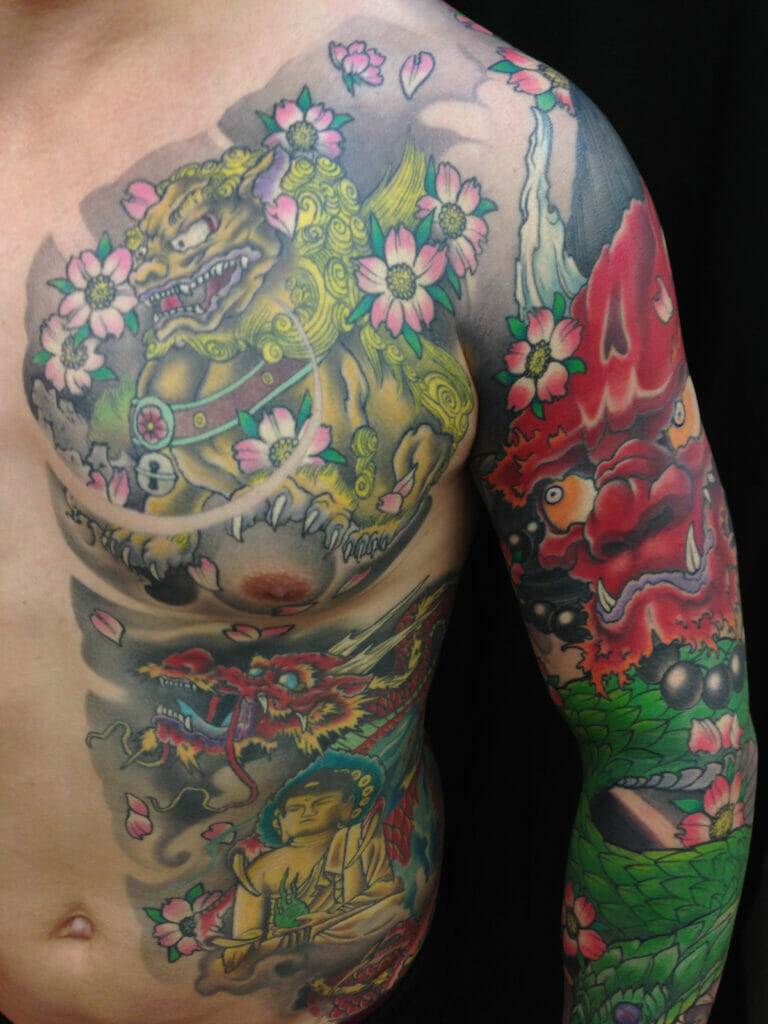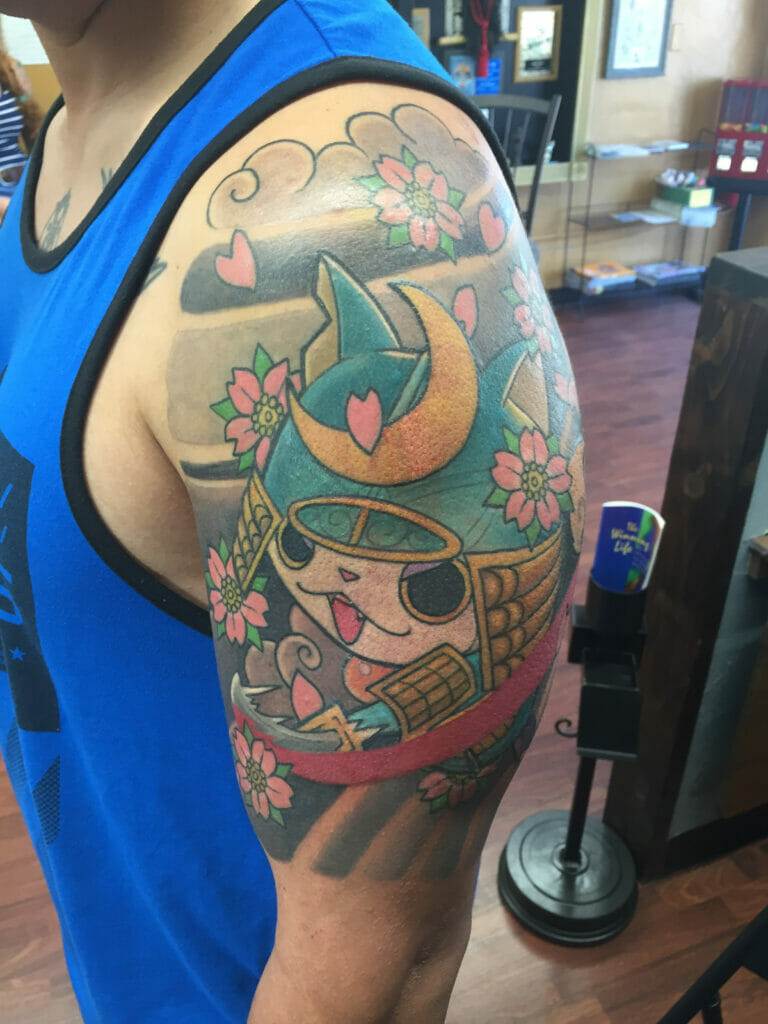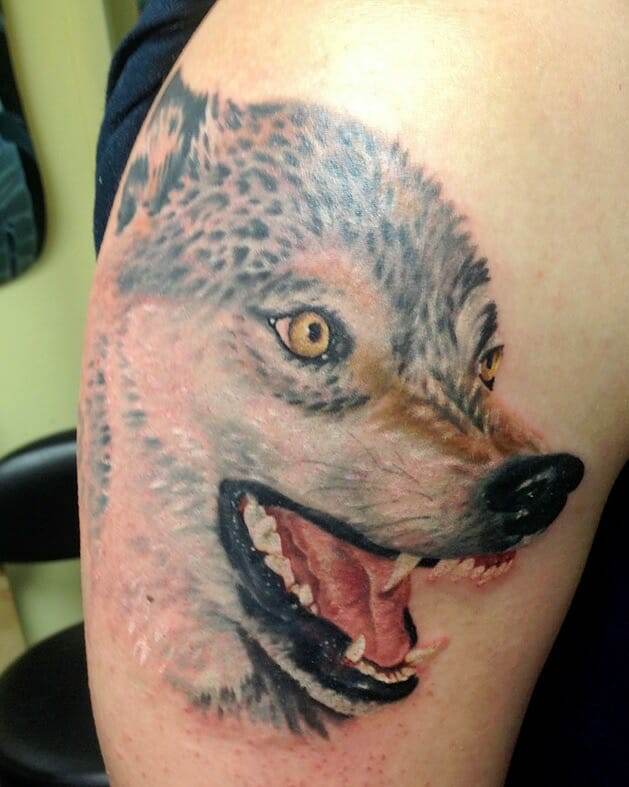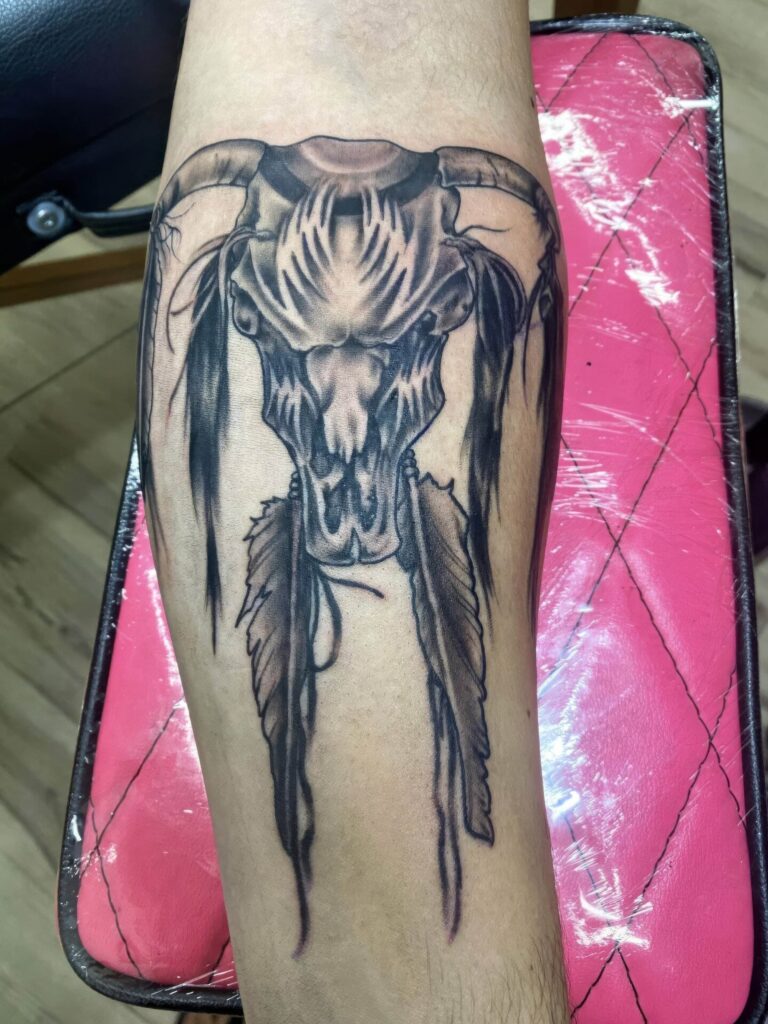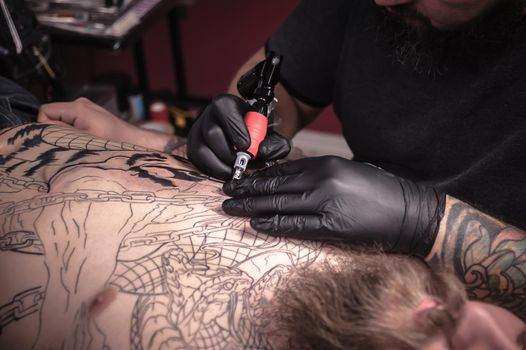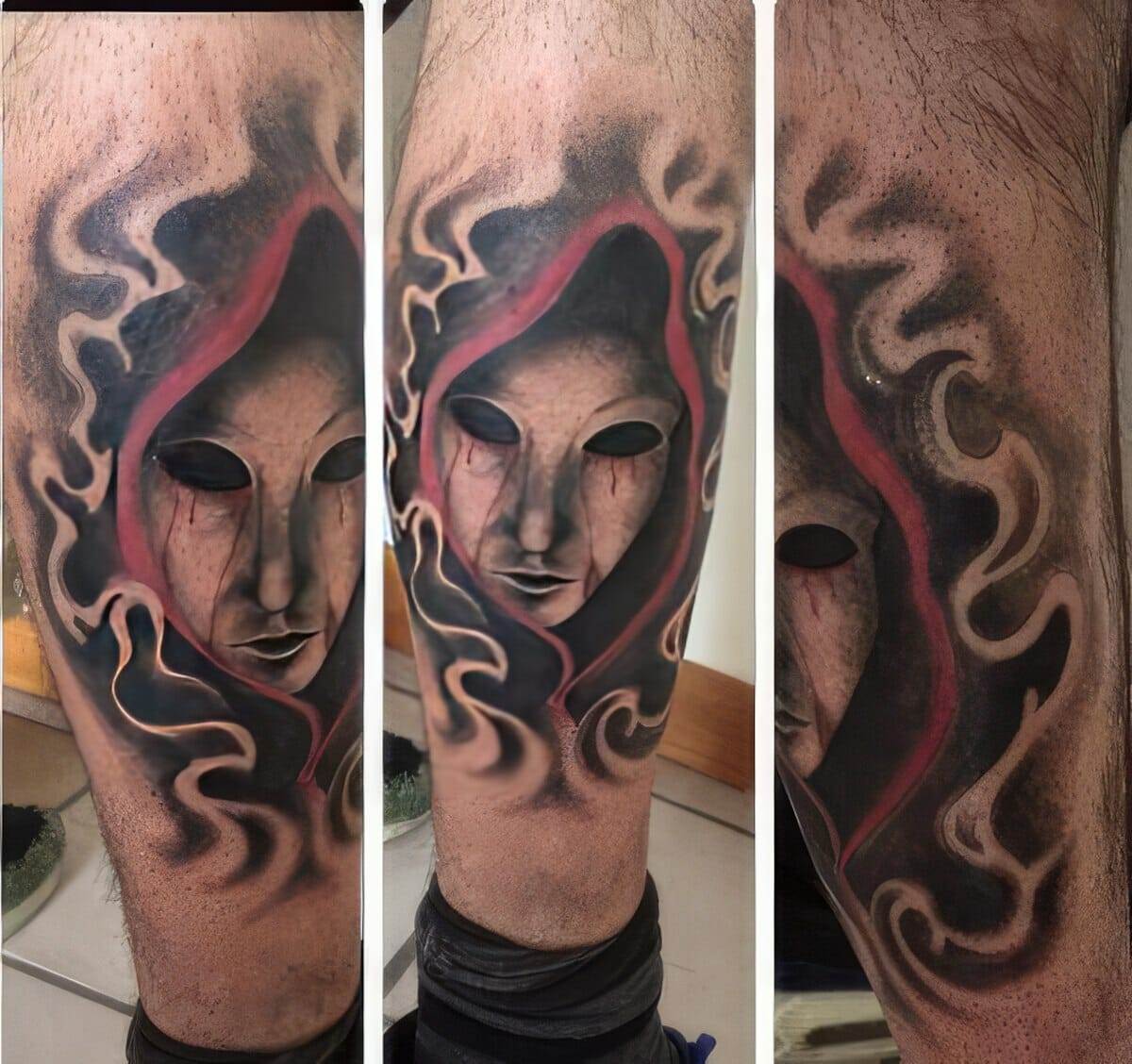
Tattoos have become increasingly popular in recent years, with more and more people choosing to express themselves through body art. However, the design of a tattoo plays a crucial role in the overall outcome and satisfaction of the wearer. A well-designed tattoo not only reflects personal expression and individuality but also ensures longevity and aesthetic appeal. In this article, we will explore the importance of tattoo design and provide tips on how to create a meaningful and visually appealing tattoo.
Understanding the Importance of Tattoo Design
Tattoos are a form of personal expression and individuality. They allow individuals to showcase their beliefs, values, and experiences through art that is permanently etched onto their skin. The design of a tattoo is what sets it apart from others and makes it unique to the wearer. It is important to carefully consider the design of your tattoo to ensure that it accurately represents who you are and what you stand for.
A well-designed tattoo also ensures longevity and aesthetic appeal. A poorly designed tattoo may fade or blur over time, losing its original beauty and meaning. On the other hand, a well-designed tattoo will stand the test of time, maintaining its clarity and vibrancy for years to come. Additionally, a well-designed tattoo is visually appealing and can enhance the overall appearance of the wearer. It is important to choose a design that complements your body shape and size, as well as your personal style.
Researching Different Styles and Techniques
There are many different tattoo styles and techniques available, each with its own unique characteristics and aesthetic appeal. It is important to research and familiarize yourself with these different styles before settling on a design. Some popular tattoo styles include traditional, neo-traditional, realism, watercolor, blackwork, and geometric, among others.
Take the time to look at examples of each style and consider how it aligns with your personal style and the message you want to convey through your tattoo. Look for inspiration in books, magazines, online galleries, and social media platforms such as Instagram. Pay attention to the details, such as line work, shading, and color palette. This research will help you make an informed decision when it comes to choosing the style and technique for your tattoo.
Finding Inspiration for Your Design
Finding inspiration for your tattoo design can come from a variety of sources. Start by looking within yourself and reflecting on your beliefs, values, and experiences. Consider what is important to you and how you want to express that through your tattoo. You can also find inspiration in nature, art, literature, music, or cultural symbols.
Another great source of inspiration is other tattoos. Look at examples of tattoos that resonate with you and consider how you can incorporate elements of those designs into your own. However, it is important to remember that while drawing inspiration from other tattoos is acceptable, it is crucial to create a design that is unique to you.
Creating a Meaningful Concept for Your Tattoo
Creating a meaningful concept for your tattoo is an important step in the design process. Take the time to brainstorm and develop a concept that accurately represents who you are and what you stand for. Consider the message you want to convey and how you want others to perceive your tattoo.
Start by making a list of words, symbols, or images that resonate with you. Think about the emotions or memories associated with these elements and how they can be translated into a visual representation. Consider the placement and size of your tattoo and how it will interact with your body. This concept will serve as a guide for the design process and will help ensure that your tattoo accurately reflects your personal expression and individuality.
Sketching and Refining Your Design
Once you have a concept for your tattoo, it is time to start sketching and refining your design. Start by sketching rough outlines of your ideas, focusing on the overall composition and placement. Experiment with different shapes, sizes, and arrangements until you find a design that feels right.
Once you have a rough sketch, take the time to refine the details. Pay attention to line work, shading, and color palette. Consider how these elements will enhance the overall aesthetic appeal of your tattoo. It is also important to consider how the design will flow with your body shape and size. Take into account any existing tattoos or scars that may need to be incorporated or covered up.
Incorporating Color and Texture into Your Tattoo
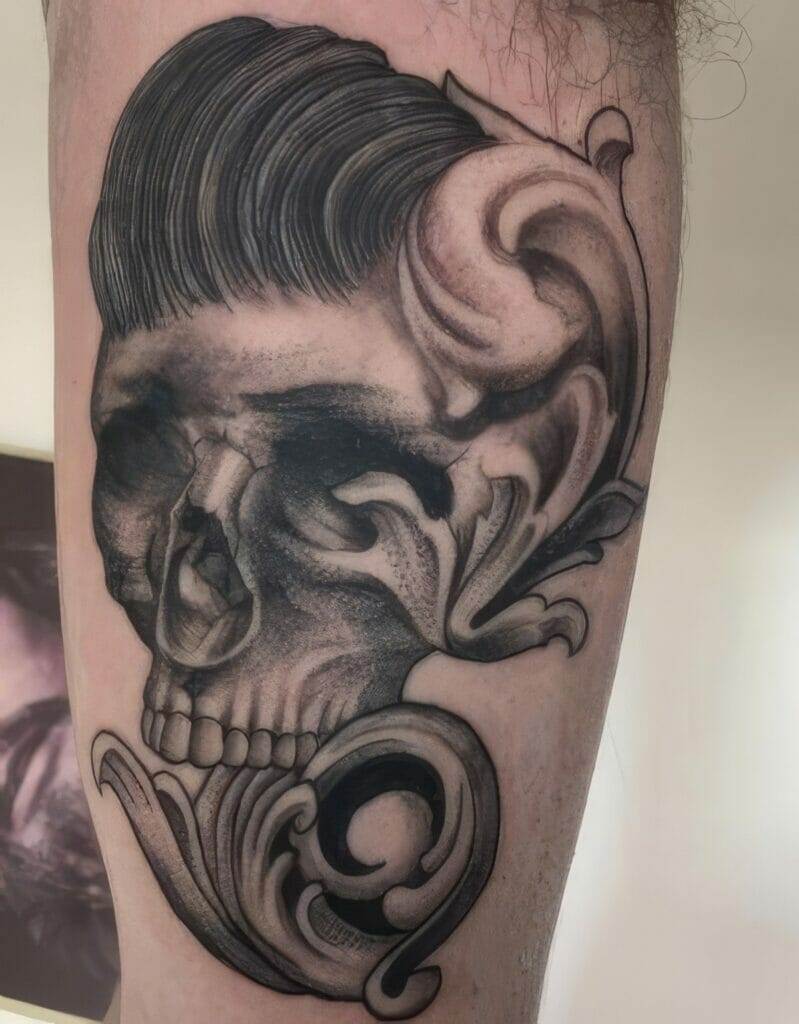
Color and texture play an important role in tattoo design. They can enhance the overall aesthetic appeal of your tattoo and make it more visually interesting. When choosing colors for your tattoo, consider how they will complement your skin tone and personal style. Look for inspiration in nature or art to find unique color combinations.
Texture can also add depth and dimension to your tattoo design. Consider incorporating elements such as shading, stippling, or dotwork to create texture within your design. This will make your tattoo more visually appealing and give it a three-dimensional quality.
Considering Placement and Size
The placement and size of your tattoo are important factors to consider when designing your tattoo. The placement of your tattoo can affect its visibility, as well as how it interacts with your body shape and size. Consider how the design will flow with the natural contours of your body and how it will interact with any existing tattoos or scars.
The size of your tattoo is also important to consider. A small, intricate design may not age well over time, as the details may blur or fade. On the other hand, a large, bold design may be overwhelming or distracting. It is important to find a balance between size and detail that works for your design and personal style.
Communicating with Your Tattoo Artist
Clear communication with your tattoo artist is crucial to ensure that your design is accurately translated onto your skin. It is important to effectively communicate your design and expectations to your artist to avoid any misunderstandings or disappointments.
Start by bringing reference images or sketches of your design to your initial consultation with the artist. This will give them a visual representation of what you have in mind. Be open to their suggestions and feedback, as they are experienced professionals who can provide valuable insights into the design process.
During the tattooing process, communicate any discomfort or concerns you may have. Your artist should be able to adjust their technique or make changes to the design if necessary. Remember that clear communication is key to achieving a well-designed tattoo that meets your expectations.
Preparing for Your Tattoo Session
Preparing for your tattoo session is important to ensure a smooth and comfortable experience. Start by getting a good night’s sleep before your appointment and eating a healthy meal. This will help you feel energized and focused during the session.
Wear comfortable clothing that allows easy access to the area where you will be getting tattooed. Avoid wearing tight or restrictive clothing that may interfere with the tattooing process. It is also important to stay hydrated and avoid alcohol or caffeine before your session, as they can thin your blood and make the tattooing process more difficult.
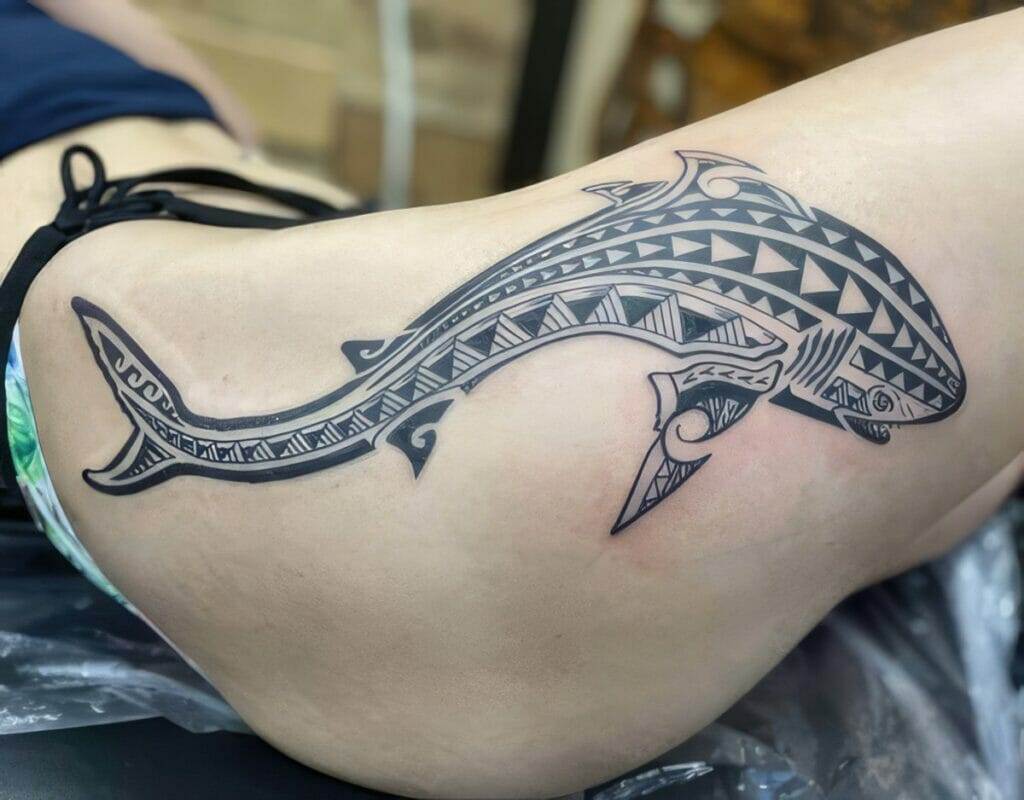
Caring for Your Tattoo After it’s Done
Proper aftercare is crucial to ensure that your tattoo heals properly and maintains its longevity. Follow the instructions provided by your tattoo artist, as they will have specific recommendations based on their technique and style.
Generally, it is important to keep your tattoo clean and moisturized during the healing process. Avoid exposing your tattoo to direct sunlight or soaking it in water for extended periods of time. It is also important to avoid picking or scratching at your tattoo, as this can lead to infection or scarring.
In conclusion, the design of a tattoo plays a crucial role in its overall outcome and satisfaction of the wearer. A well-designed tattoo reflects personal expression and individuality, while also ensuring longevity and aesthetic appeal. By choosing the right tattoo artist, researching different styles and techniques, finding inspiration for your design, creating a meaningful concept, sketching and refining your design, incorporating color and texture, considering placement and size, communicating with your artist, preparing for your session, and caring for your tattoo after it’s done, you can ensure that you get a well-designed tattoo that accurately represents who you are and what you stand for.

